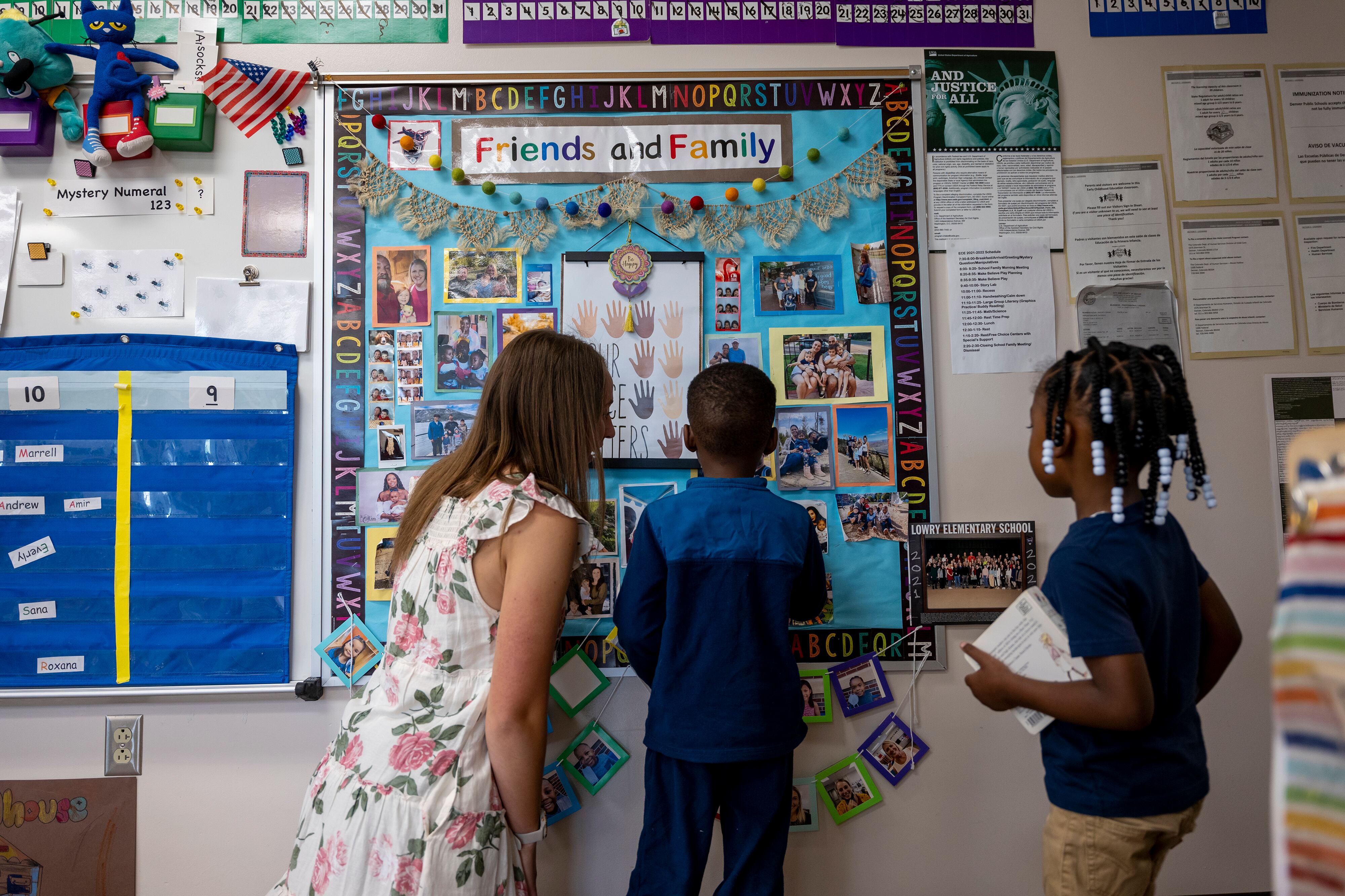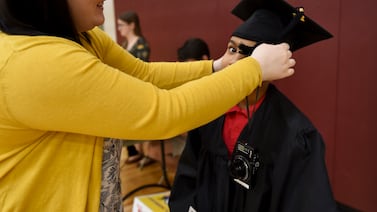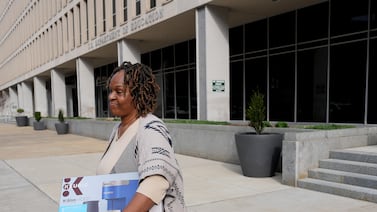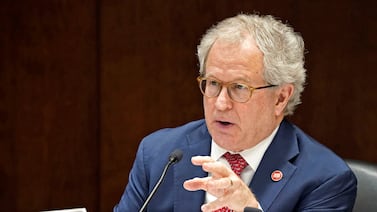Sign up for Chalkbeat Colorado’s free daily newsletter to keep up with education news in Denver and around the state.
Rather than closing schools with enrollment below a set number of students, the Denver school board is considering a new approach. A pair of policy proposals would cap enrollment at some schools, adjust attendance boundaries, and set other rules and a timeline for school closures.
The goal is to be more transparent and equitable in deciding which schools to close in the face of declining enrollment in Denver Public Schools. But the policies wouldn’t stop the closures. A district analysis found that achieving the enrollment levels envisioned in one of the proposals would require the district to have 15 fewer elementary schools than it has now.
Earlier this year, the board balked at closing more than three.
The Denver school board is inviting feedback on the two proposals during the public comment portion of its meeting Sept. 18, but it has not yet set a date to vote.
Some board members said they’re eager to get a policy in writing after a flawed school closure process this past spring. Others want to take it slow.
“We need to be very, very cautious moving forward here and not move too quickly, and take into consideration what the potential unintended consequences are,” board member Scott Esserman said at a school board work session last week.
One of the proposed policies, known officially as Executive Limitation 18, says school closure decisions should not be based on a school’s low test scores or low enrollment.
Instead, it says the superintendent should “propose schools for consolidation and unification that equitably distributes the burden of declining enrollment across all of Denver.”
A proposed timeline would have the superintendent announce any schools recommended for closure in September. The board would invite public feedback from families at those schools in November and then vote in January, a much longer timeline than happened this year. Students impacted by school closures would have priority enrollment into all other district-run and charter schools in DPS, the proposed Executive Limitation 18 says.
In the past, nearly all of the public feedback has been against closing schools. But the proposed policy makes clear that closures are coming.
“Due to the declining enrollment expected for at least five more years, the Board of Education believes it is necessary to consolidate and unify schools to maintain the financial viability of the district,” the proposed Executive Limitation 18 says.
The other proposed policy, known as Executive Limitation 19, would require the superintendent to maintain “financially stable enrollment” at each elementary school. The proposal defines that as enrollment of “300 students (two classes of 25 students per grade), 450 students (three classes of 25 students per grade), or 600 students (four classes of 25 students per grade).”
Enrollment at any elementary school should not exceed 600 students, the proposed policy says. Board members have said that capping enrollment at popular elementary schools could bolster enrollment at smaller schools that are losing students. Executive Limitation 19 also proposes the superintendent analyze and adjust school boundaries every four years or less.
Four DPS elementary schools had more than 600 students last school year, according to state data. Thirty-six elementary or K-8 schools had fewer than 300 students, the data shows.
In order for each DPS elementary school to have at least 300 students by the year 2027, DPS would need “15 fewer elementary schools across the system,” according to a memo from DPS officials in charge of finance and enrollment to Superintendent Alex Marrero.
Having 15 fewer elementary schools could save DPS $14 million, the memo says, which could be “reinvested in other programming, compensation for educators, and other expenses to improve the student experience within DPS.”
But to achieve that, the proposed Executive Limitation 18 says DPS should “not use enrollment minimums (e.g., 215 students) as bright line criteria for consolidation.
“Schools of any enrollment size are eligible for consolidation,” it says.
The two proposed policies were first floated in April, a month after the board voted to close three DPS schools with very low enrollment. The process was full of fits and starts, with the board rejecting the superintendent’s initial school closure recommendations and then reversing itself four months later with only a day’s notice to the public.
Proposed Executive Limitation 18 acknowledges that most under-enrolled DPS schools serve a disproportionate number of students of color, students from low-income families, students learning English as a second language, and students with disabilities.
It says DPS should hold regional meetings “to help inform and co-create future recommendations for addressing declining enrollment.” The meetings should convey information about demographic trends in the region, as well as “the positive implications of proceeding and the negative implications of not proceeding” with school closures, it says.
DPS schools are funded per pupil, and schools with low enrollment often have to cut art or music programs or combine different grades into a single classroom.
Melanie Asmar is a senior reporter for Chalkbeat Colorado, covering Denver Public Schools. Contact Melanie at masmar@chalkbeat.org.






